How to Find Influencers in Your Niche and Carve Out a Winning Social Media Strategy
After bouncing around tech start-ups and university literature programs, Joe has finally settled down as Billo’s Head of Content. Joe now spends his days writing ads about ads, teaching clients how to craft killer content, and combing through our web copy with a bold red Sharpie.

Harnessing the raw power of influencers can be a game-changer for businesses and brands. Influencers, by virtue of their established credibility and audience reach, can amplify your brand’s visibility, enhance its persona, and drive engagement.
That said, the process of finding the right influencers, especially those who align with your brand’s niche, requires strategic planning and thoughtful execution.
This comprehensive guide will explore effective strategies for how to find influencers in your niche, focusing on platforms like Instagram and broadening the scope to general social media.
Understanding Your Niche
Before you begin finding influencers, it’s crucial to clearly define and understand your niche. This involves identifying the specific market segment you cater to, understanding the needs and preferences of your target audience, and pinpointing what sets your brand apart from competitors.
Knowing your niche not only helps in tailoring your content and marketing strategies but also in identifying the right influencers who share the same audience as your brand.
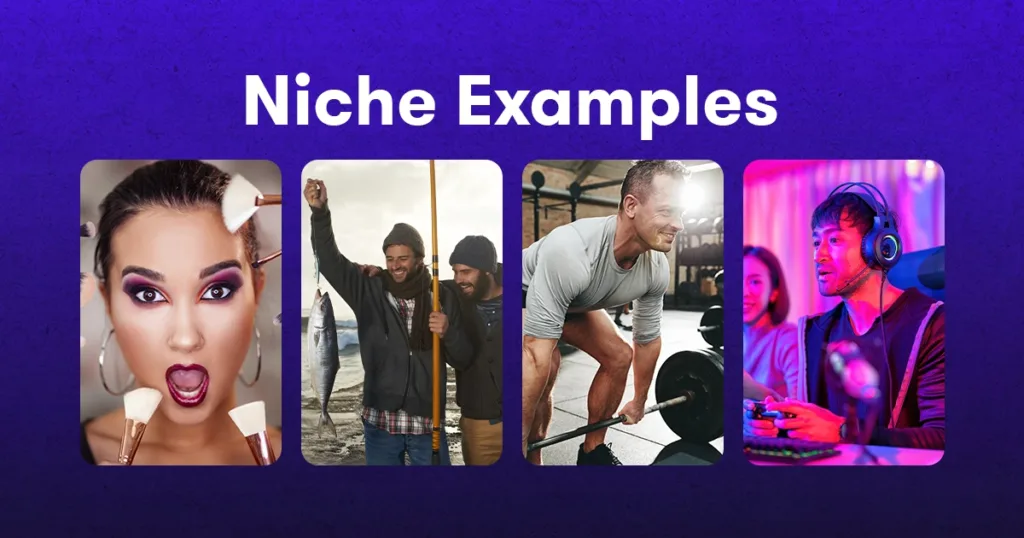
How to Find Your Niche on Social Media
To effectively engage and expand your audience on social media, it’s essential to pinpoint your niche. This goes beyond merely knowing your industry—it requires a deep understanding of your unique place within the market and the specific subset of the audience you best serve.
By focusing on engagement analysis, market research, and competitor analysis, you can refine your social media strategy to resonate more deeply with your target audience. Here’s how to employ each method for identifying your niche:
Analyzing Engagement
Engagement analysis is the cornerstone of social media strategy. To start, monitor your social media feeds to determine which types of posts generate the most likes, shares, comments, and overall interaction.
This could vary significantly across platforms; for instance, video content might perform well on Facebook, while image-based posts could see higher engagement on Instagram. Tools like Instagram Insights, Meta Business Suite, and X Analytics (Twitter Analytics) can provide comprehensive data on your posts’ performance.
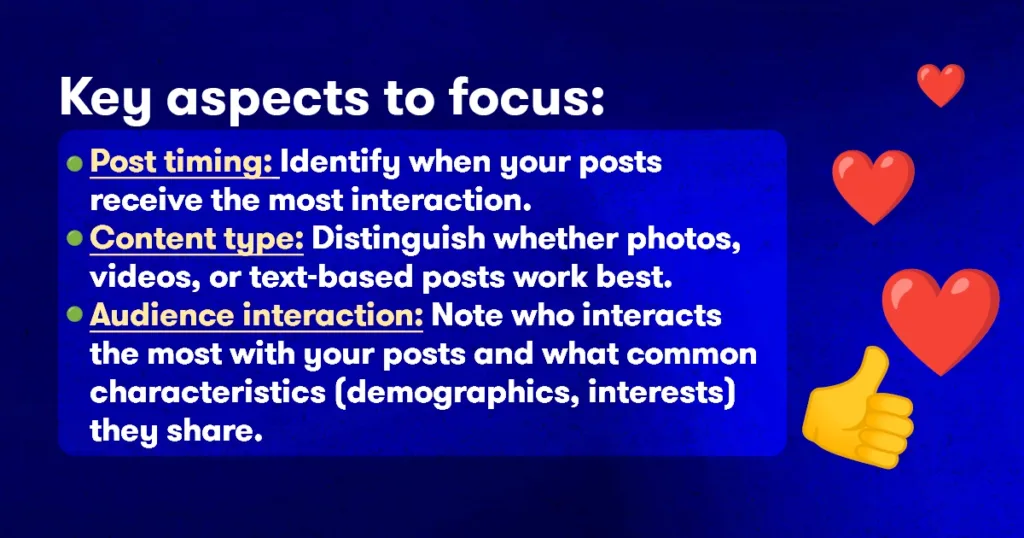
Key aspects to focus on include:
- Post timing: Identify when your posts receive the most interaction.
- Content type: Distinguish whether photos, videos, or text-based posts work best.
- Audience interaction: Note who interacts the most with your posts and what common characteristics (demographics, interests) they share.
Conducting Market Research
Market research helps you understand your audience’s preferences and expectations. Use surveys and feedback tools like Google Forms, SurveyMonkey, or even polls on social media platforms to gather direct input from your followers.
Ask specific questions about what they enjoy about your content, what they feel is missing, and what they’d like to see more of. This direct line of communication not only informs your content strategy but also fosters a stronger relationship with your audience by making them feel heard.
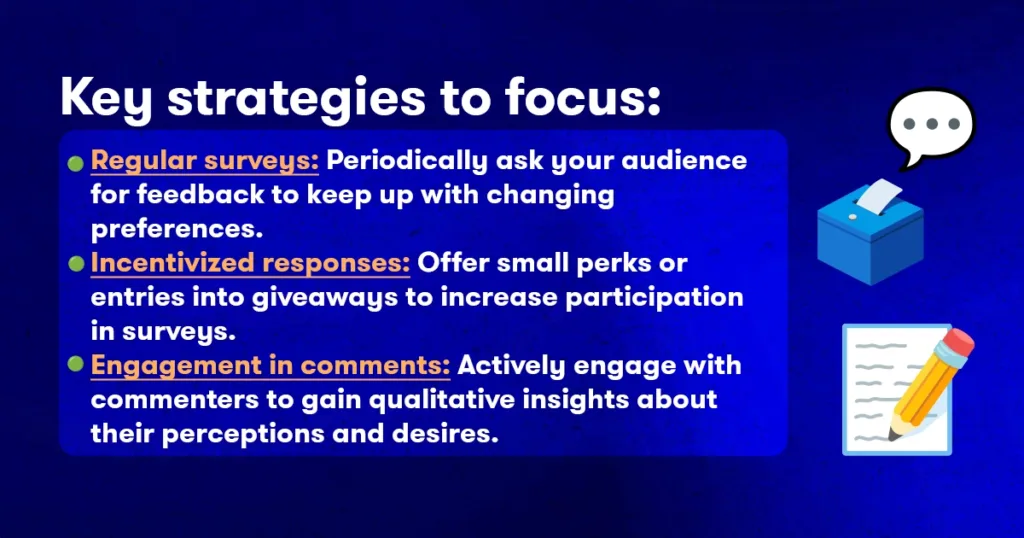
Key strategies include:
- Regular surveys: Periodically ask your audience for feedback to keep up with changing preferences.
- Incentivized responses: Offer small perks or entries into giveaways to increase participation in surveys.
- Engagement in comments: Actively engage with commenters to gain qualitative insights about their perceptions and desires.
Performing Competitor Analysis
Understanding what your competitors are doing on social media can reveal gaps in their strategies that you might exploit and strengths you can learn from. Tools such as BuzzSumo or SEMrush can provide insights into competitors’ most successful posts and overall engagement trends.
Additionally, manually reviewing their social media pages can give you a sense of their content strategy, posting frequency, and audience interaction. Using residential proxies can help ensure accurate data collection by avoiding IP bans and restrictions during competitive research.
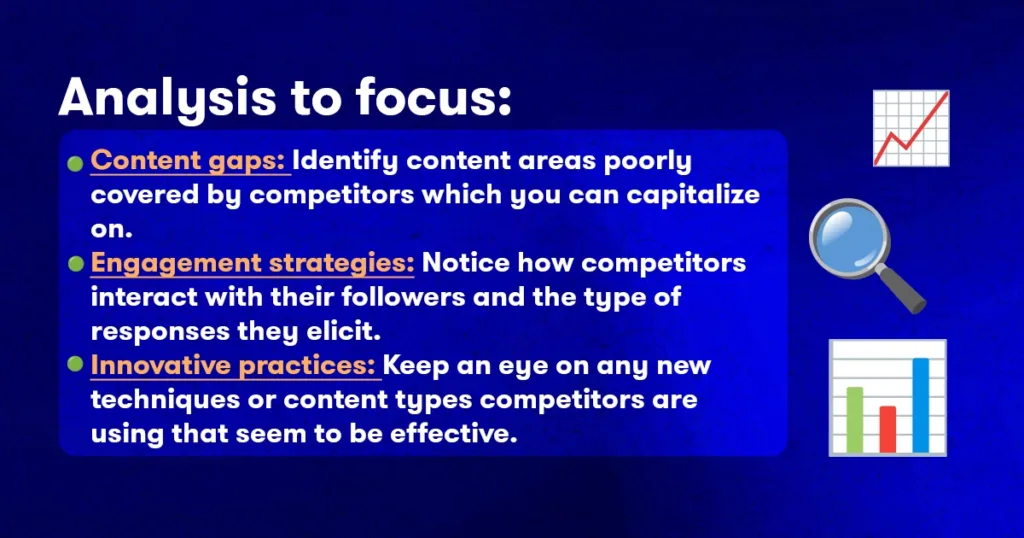
Focus on:
- Content gaps: Identify content areas poorly covered by competitors which you can capitalize on.
- Engagement strategies: Notice how competitors interact with their followers and the type of responses they elicit.
- Innovative practices: Keep an eye on any new techniques or content types competitors are using that seem to be effective.
How to Find Influencers in Your Niche
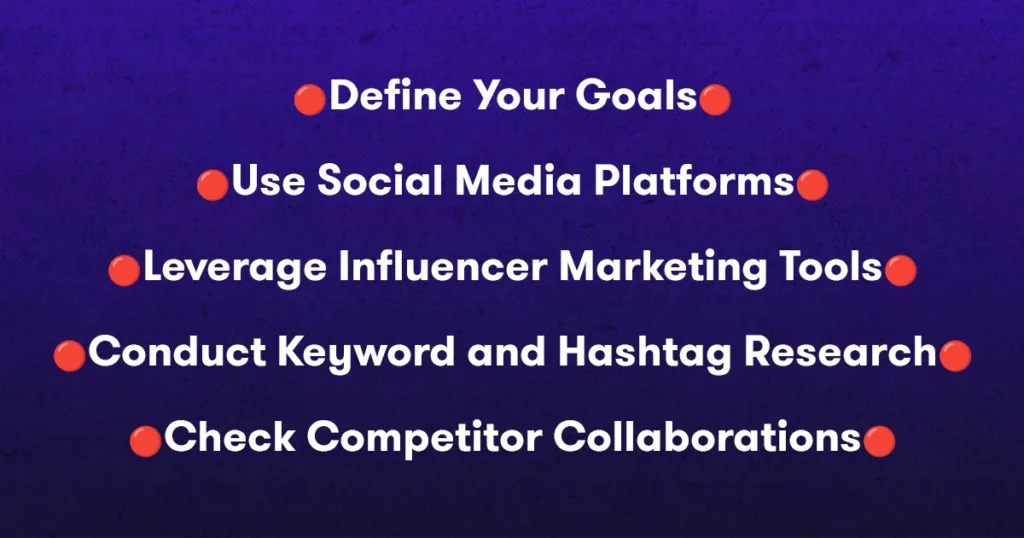
1. Define Your Goals
Start by setting clear, measurable goals for your influencer marketing campaign. Are you looking to increase brand awareness, boost sales, or promote a new product? Your goals will dictate the type of influencers you need to collaborate with, whether they are micro-influencers with a highly engaged audience or macro-influencers with larger followings.
2. Use Social Media Platforms
Platforms like Instagram, YouTube, and TikTok are fertile grounds for discovering influencers who specialize in specific niches. For instance, to learn how to find Instagram influencers in your niche, you can start by using hashtags related to your industry, looking at who is posting popular content, and noting who engages with these posts.
3. Leverage Influencer Marketing Tools
Numerous tools and platforms can help streamline the process of finding influencers. These tools often provide detailed insights into the influencers’ audience demographics, engagement rates, and alignment with your brand’s niche. Some popular options include BuzzSumo, Upfluence, and AspireIQ.
4. Conduct Keyword and Hashtag Research
Utilize keywords and hashtags related to your niche to find potential influencers. This method is especially effective on platforms like Instagram and Twitter where content is frequently tagged for greater visibility.
5. Check Competitor Collaborations
Observing who your competitors are working with can give you insights into influencers who are already familiar with your niche and have proven their ability to engage similar target audiences.
Where to Find Influencers Across Multiple Platforms
Finding the right influencers for your brand requires looking beyond the typical channels and exploring various platforms where different audiences congregate. While Instagram is undoubtedly a powerful platform for lifestyle and beauty influencers, other niches may thrive on alternative platforms.
Here’s a deeper dive into where you can find influencers across a range of social media networks and online platforms, tailored to various types of audiences and industries.
Primarily visual, Instagram is ideal for brands that benefit from strong imagery—fashion, travel, food, and art. To find influencers here, look for users who consistently post content with high engagement rates in your niche. Utilize features like “Explore” and monitor relevant hashtags. Instagram Stories and Reels also offer a glimpse into potential influencers who can create dynamic content relevant to your brand.

YouTube
For in-depth, video-based content, YouTube is unmatched. It’s perfect for niches that benefit from demonstrations, tutorials, and longer narratives, such as tech gadgets, gaming, makeup, and DIY projects. Search for creators with substantial followings who produce content related to your niche. Pay attention to their video engagement—comments and likes—as these are strong indicators of influence.

LinkedIn is the go-to platform for B2B brands, professional services, and thought leadership content. Influencers here are often industry experts with a wealth of knowledge and a network of professionals who trust their insights. Use LinkedIn to find voices respected within specific industries, from tech innovators to financial advisors.
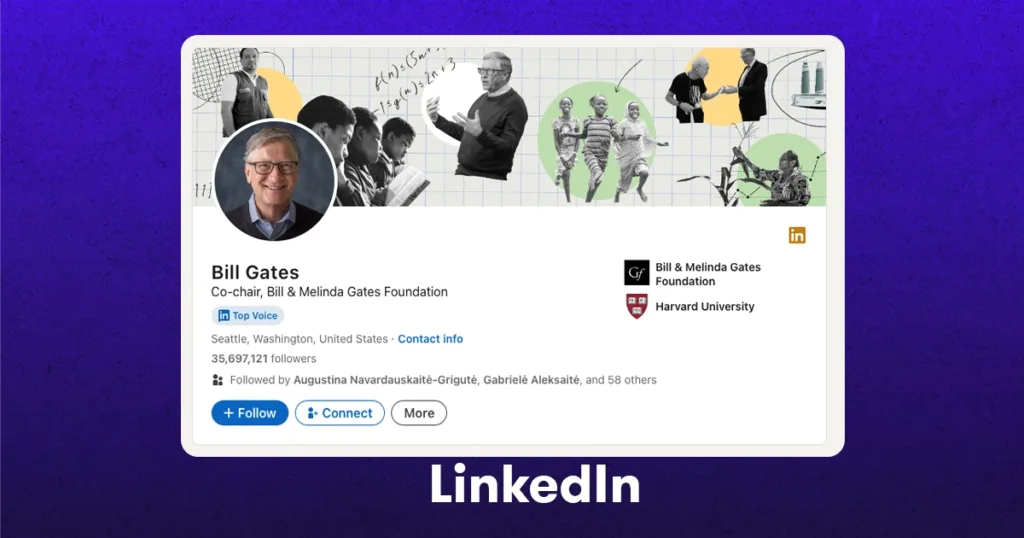
Twitter excels for brands involved in fast-moving industries like news media, sports, and entertainment. Influencers on Twitter are often individuals who provide real-time insights and commentary. Look for users who are not only active but also engage with their followers through retweets, replies, and likes.
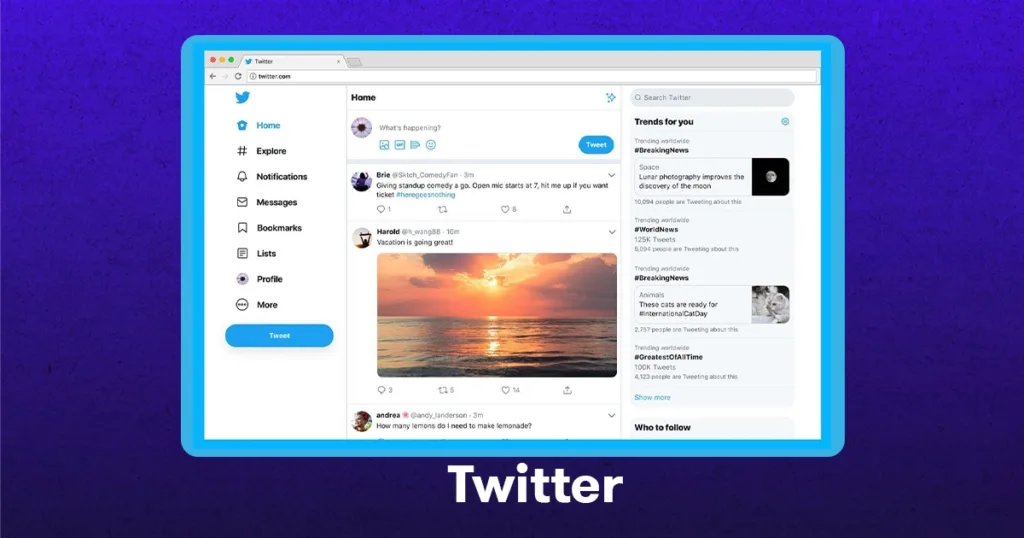
Niche Forums and Blogs
Don’t overlook niche forums and specialized blogs. Platforms like Reddit, Quora, or even dedicated forums like Stack Exchange can be valuable for niches such as tech, science, and health. Bloggers with a strong readership can also be influential by providing in-depth reviews and content. To find influencers here, search for topics related to your niche and identify users who consistently provide valuable insights and generate discussion.
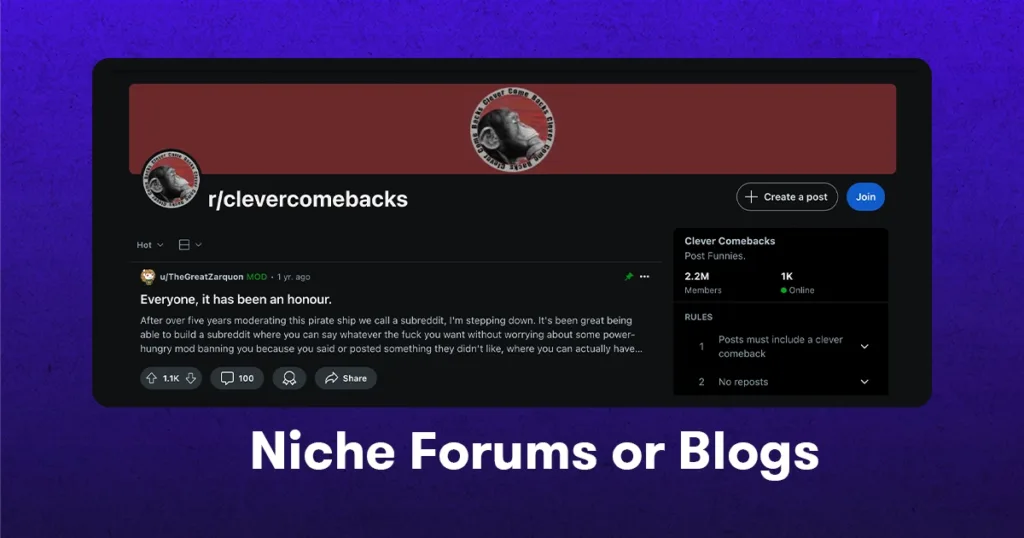
TikTok
For brands targeting a younger audience, TikTok offers a goldmine of opportunities with its short, engaging video content. This platform is perfect for viral trends and entertainment but is also expanding into areas like education and motivational content. Influencers on TikTok often have a knack for creating captivating, creative content that quickly resonates with audiences.
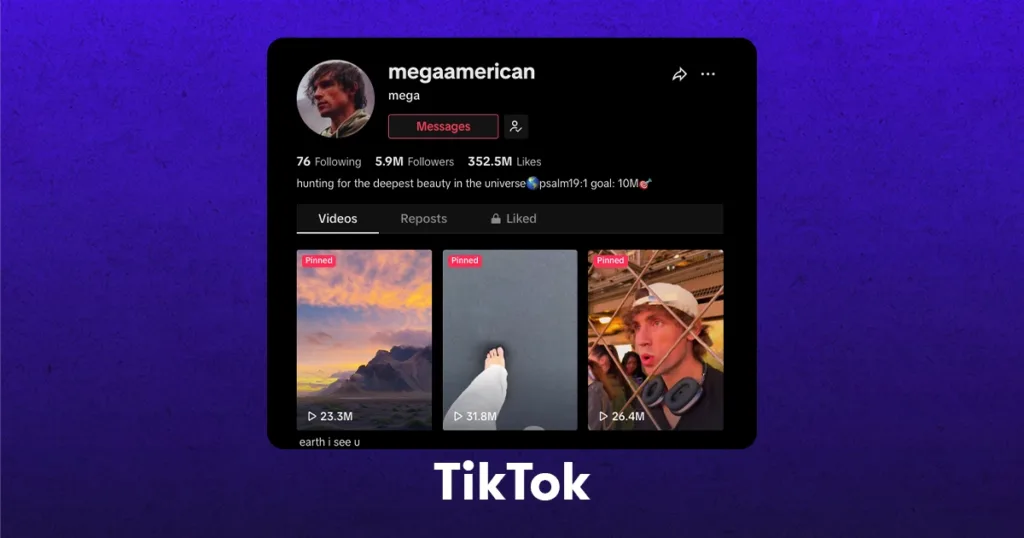
Ideal for visual content in niches like home decor, cooking, and crafts, Pinterest influencers can drive significant traffic to your site. Look for pinners with large followings and high engagement rates on their pins. Their ability to curate content that resonates with their followers can be leveraged to effectively showcase your products.
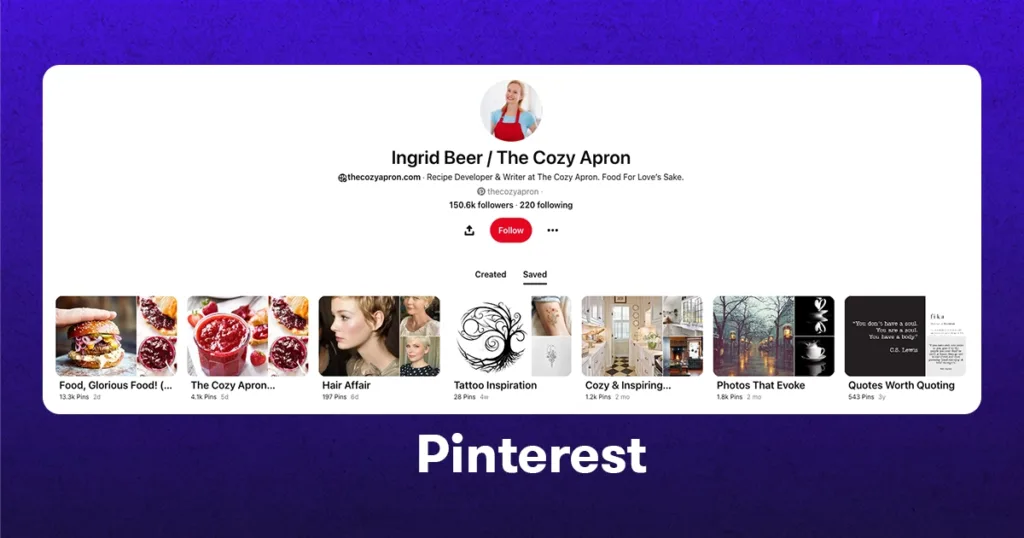
Leveraging Influencer Relationships for Brand Growth
Once you have identified and engaged the right influencers for your niche, the next crucial step is to leverage these relationships to foster brand growth.
This process involves more than just executing individual campaigns; it requires building long-term partnerships that can evolve with your brand and its community.
Establish Clear Communication
Effective communication is the foundation of any successful influencer partnership. Ensure both parties understand the campaign goals, expectations, key messages, and metrics for success. Regular check-ins can help keep the campaign on track and allow for adjustments as needed.
Co-create Content
Collaborate with influencers to co-create content that feels authentic and resonates with both your audience and theirs. This collaborative approach not only enhances creativity but also ensures that the content aligns with both your brand’s identity and the influencer’s personal brand, making it more engaging for the audience.
Multi-Platform Promotion
Extend the reach of your influencer campaigns by promoting content across multiple platforms. If an influencer is primarily on Instagram, consider how you can adapt and share their content on Facebook, Twitter, or your website. This approach increases visibility and maximizes your investment in influencer partnerships.
Measure and Optimize
Regularly measure the outcomes of your influencer partnerships using metrics such as engagement rates, traffic generated, and conversions. Use this data to refine your approach and improve future campaigns. Continuous optimization is key to maximizing the impact of your influencer relationships.
How to Evaluate Potential Influencers

Once you’ve identified a few potential influencers, the next step is to evaluate their fit for your brand. Here are some criteria to consider:
- Relevance: Does the influencer’s content align with your brand identity?
- Engagement: Does the influencer actively engage with their audience? High engagement rates often translate to higher campaign effectiveness.
- Authenticity: Does the influencer have genuine interactions, or do their promotions feel forced?
- Reach: How many people can the influencer potentially impact with their posts?
- Frequency: How often does the influencer post content?
Managing Niche Influencers: Advanced Tools and Technologies
To streamline the process of finding and managing influencer partnerships, it’s beneficial to utilize advanced tools and technologies. These solutions can automate tedious tasks, provide valuable insights, and enhance your overall strategy.
Influencer Discovery Platforms
Platforms like Heepsy or Klear can help you discover influencers by offering search filters like location, interests, audience demographics, and engagement rates. These tools often include analytics to assess the influencer’s alignment with your brand and track the performance of your campaigns. Of course, you can always find influencers and creators supper effortlessly on Billo too!
Relationship Management Software
Once you have a roster of influencers, managing these relationships can become complex. Tools like AspireIQ and Grin provide relationship management features that help you track communications, agreements, and campaign timelines all in one place.
Analytics and Reporting Tools
To accurately measure the ROI of your influencer marketing efforts, utilize analytics tools that can track specific metrics related to your goals. These might include engagement, reach, clicks, and conversions. Some platforms also offer the ability to compare the performance of different influencers, campaigns, or content types.
Content Management Systems
A content management system (CMS) can help you and your influencers plan, schedule, and publish content efficiently. This ensures that all content is on-brand and released according to your marketing calendar.
Integrating Insights and Influencers into Strategy
After gathering insights through engagement analysis, market research, and competitor analysis, it’s crucial to integrate this information with influencer collaboration into a unified social media strategy.
This integration might involve adjusting your content calendar to align with influencer availability, experimenting with influencer-endorsed content formats, or even redefining your target audience to better match the niche that your chosen influencers effectively engage with.
Utilizing Influencers to Refine Strategy
- Content Collaboration: Work closely with influencers to develop content that leverages their insights into audience preferences and expectations. This collaborative approach ensures the content is authentic, resonates with both your audience and the influencer’s followers, and enhances engagement.
- Feedback Integration: Use feedback from both your audience and influencers to fine-tune your messaging and campaign tactics. Influencers, being close to their followers, can provide real-time feedback on what works and what doesn’t, allowing for quicker adjustments and more tailored content.
- Strategic Posting: Coordinate your posting schedule with influencers to maximize reach and impact. This includes planning posts during optimal engagement times identified through your analytics and aligning your content release with moments when influencers can amplify the message to their audiences.
The key to success lies in being adaptable and responsive to the data and insights you collect, as well as the input from your influencers. This dynamic approach ensures that your social media strategy remains robust, engaging, and aligned with audience expectations.
By effectively integrating insights from your analyses with influencer expertise, you can refine your social media presence to better meet the needs of your audience, leading to increased engagement, a more cohesive brand identity, and ultimately, greater success in your digital marketing efforts.
Start Influencing Your Niche
Finding the right influencers in your niche is not about casting a wide net, but rather about casting it wisely. It involves meticulous research, strategic planning, and continuous engagement.
By following the steps outlined in this guide, you can significantly enhance your chances of launching successful influencer marketing campaigns that resonates with your target audience and strengthens your brand’s presence in the digital world.
Remember, the key to effective influencer collaboration lies in alignment and authenticity—elements that bridge the gap between a brand and its potential customers through the voice of someone they trust.
Head of Content
After bouncing around tech start-ups and university literature programs, Joe has finally settled down as Billo’s Head of Content. Joe now spends his days writing ads about ads, teaching clients how to craft killer content, and combing through our web copy with a bold red Sharpie.

Authentic creator videos, powered by real performance data
22,000+ brands use Billo to turn UGC into high-ROAS video ads.
How to Find Micro Influencers for Your Brand’s...
Looking for micro influencers for your brand’s next campaign? You’re [...]...
Read full articleBeyond the Ad: Influencer Marketing Services for...
Sponsored posts alone won’t cut it in 2025. Global influencer-marketing [...]...
Read full articleTop 20 TikTok Influencers for 2025
Having rapidly evolved from a short-form video app predominantly used [...]...
Read full article



